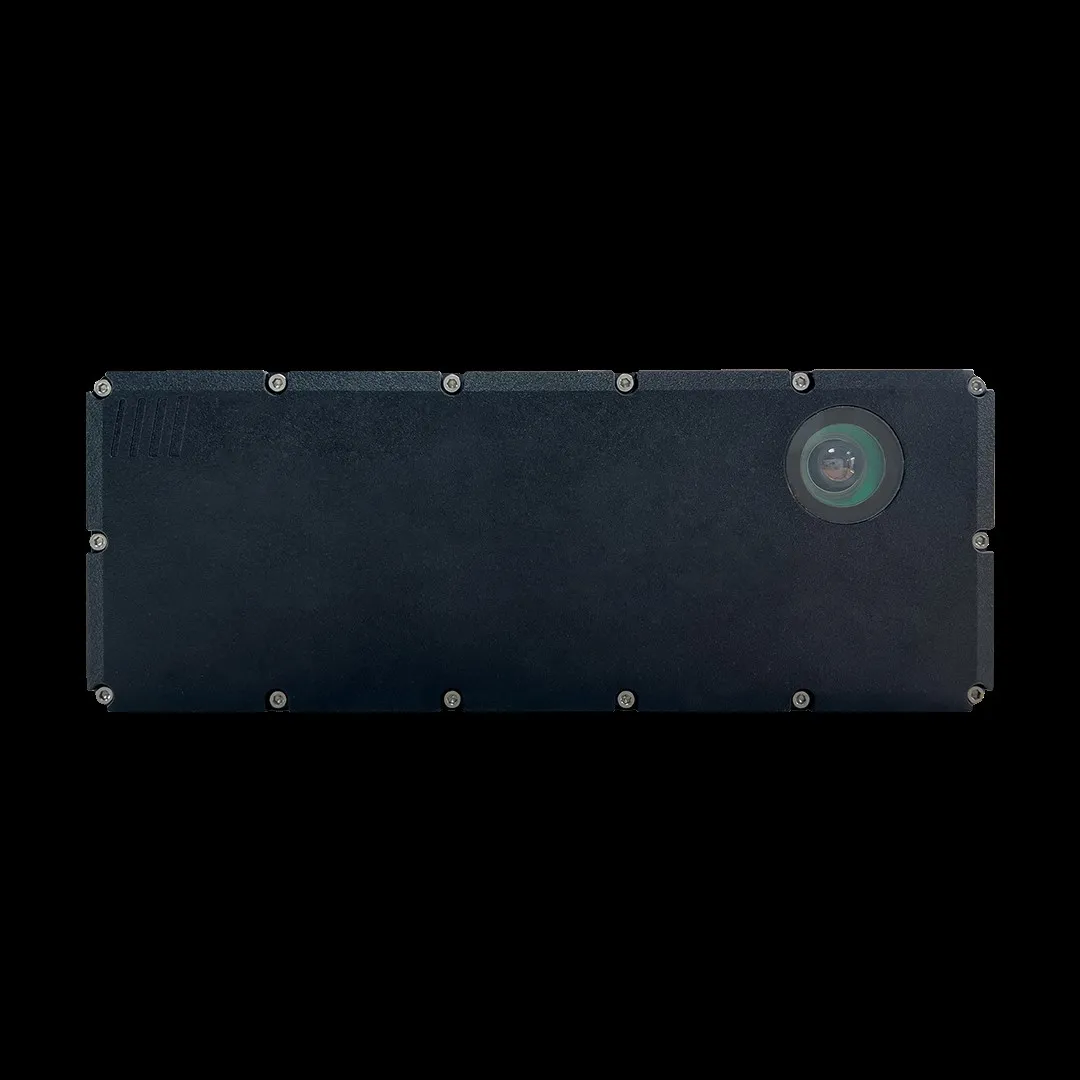
The MAV IQ automatic number plate recognition (ANPR) camera range has been extended with new models, the IQ:SL and an optional expansion module for attachment of peripheral devices, such as radar for speed indication, or pan/tilt control.
The IQ range concentrates data into narrower lane widths; recent additions include the ability to create exclusion zones that can be used to filter out signage or unwanted traffic.
Direction of travel reporting has also been improved to allow mapping of complex road layouts and deal with the actual vehicle’s movement without needing to define fixed lanes. All IQ cameras provide comprehensive metadata for analysis and integration into a multitude of back office applications.
With up to 32GB of on-board memory, MAV says the IQ range can store in excess of a million plates including colour overview and plate patch images. Each read can be sent immediately, but can also be accessed later using the ‘store and forward’ feature.










